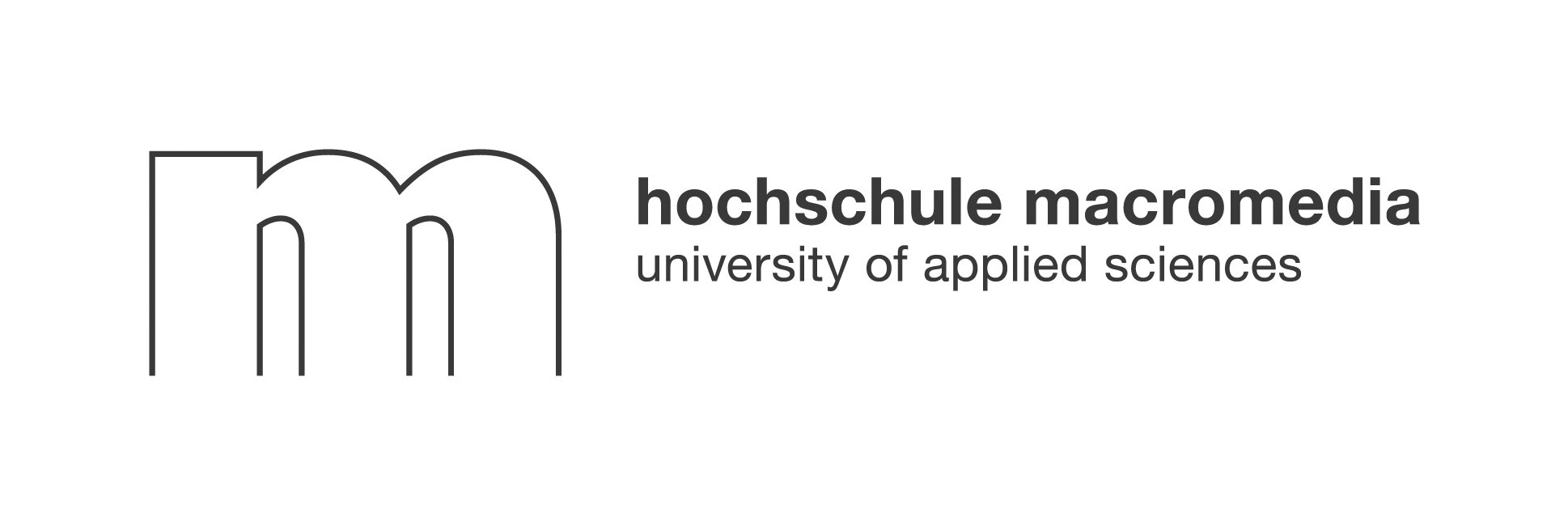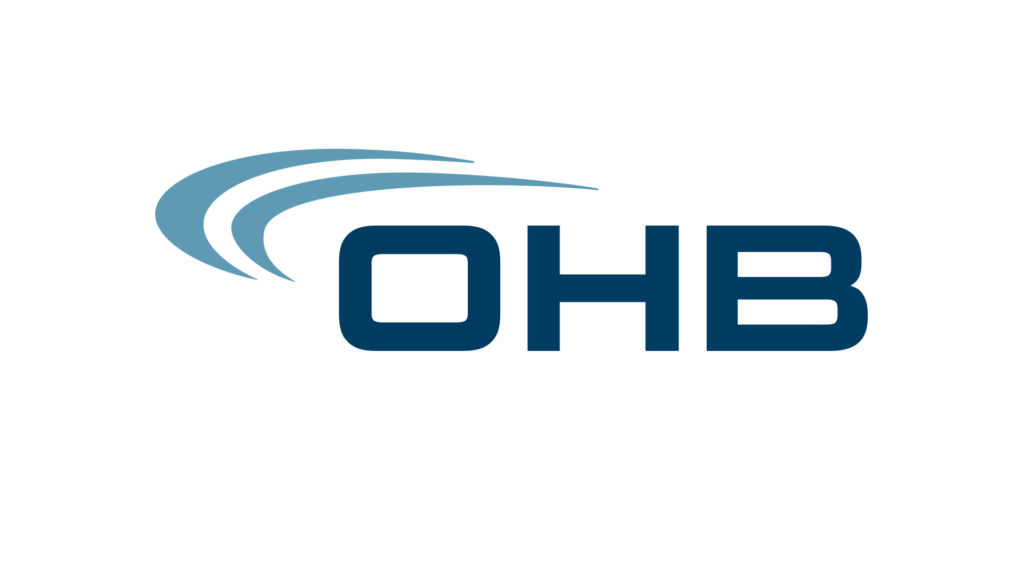Employee engagement isn’t just a buzzword. In 2025, as hybrid and remote work become the norm, leaders everywhere are asking: why do employees feel disengaged at work, and what can truly reignite their spark? The answer isn’t simple, but understanding the root causes—and how to address them—can transform not just individual performance, but the entire workplace culture. Let’s explore why employees feel disengaged at work, the hidden costs, and the new AI-powered solutions that are revolutionizing connection, well-being, and productivity.
1. Understanding What Engagement and Disengagement Really Mean
Before diving into the causes, it’s important to clarify what engagement and disengagement look like in today’s workplace. Think of engagement as a spectrum:
- Engaged employees are passionate contributors. They align with the company’s vision, bring energy to their roles, and go the extra mile.
- Not engaged employees do what’s required, but lack enthusiasm or emotional connection. They’re often the silent majority—present but not fully invested.
- Actively disengaged employees are openly unhappy. They may undermine projects, complain frequently, or even look for ways to leave.
“When employees are engaged, they adopt the vision, values, and purpose of the organization they work for. They become passionate contributors, innovating problem solvers, and stunning colleagues.”
— TalentCulture via 15Five
But how do you know where your team stands? Quick pulse surveys can help. Here are some essential questions to ask:
- Do you feel connected to your team?
- Do you see a clear link between your work and company goals?
- How often do you receive recognition or feedback?
- Are you excited to participate in team or company activities?
- Do you feel you can be yourself at work?
Regularly checking in with these questions can uncover early signs of why employees feel disengaged at work, especially in hybrid environments where isolation is easy to overlook.
2. The Alarming Numbers Behind Workplace Disengagement
The statistics are sobering. According to Gallup’s 2024 Workplace Report, just 33% of employees are actively engaged, while 17% are actively disengaged—a ratio that’s declined steadily over the past decade. Gartner’s data echoes this, showing that disengagement is rising fastest among hybrid and remote teams, where employees often feel disconnected from peers and company culture.
But the impact isn’t just emotional; it’s financial. Disengaged employees cost U.S. companies an estimated $1.9 trillion in lost productivity each year. For small and midsize businesses (SMBs), even a handful of disengaged staff can mean missed deadlines, higher turnover, and lower morale. In larger enterprises, the ripple effects multiply, affecting innovation, customer satisfaction, and long-term growth.
The hidden costs of disengagement include increased absenteeism, higher healthcare expenses, and the steep price of recruiting and training new hires. The message is clear: understanding why employees feel disengaged at work is not just an HR issue—it’s a business imperative.
3. Core Reasons Why Employees Feel Disengaged at Work
Disengagement rarely happens overnight. It often results from a mix of personal, cultural, and structural factors—many of which are amplified in today’s hybrid workplaces.
Lack of Autonomy and Job Control
Employees crave ownership over their work. Micromanagement, rigid processes, or lack of flexibility can quickly erode motivation. In hybrid settings, unclear expectations around remote work can make this even worse, leaving employees feeling powerless or distrusted.
Weak Leadership and Poor Communication
Transparent, empathetic leadership is a top driver of engagement. When leaders fail to communicate openly, or don’t provide regular feedback, employees start to question their value. Hybrid teams, in particular, suffer when updates or recognition are only given in the office, excluding remote colleagues.
Mismatch Between Values and Company Mission
People want to work for organizations that reflect their own values. If employees feel the company’s mission is just words on a website, or if diversity, equity, and inclusion are not lived out, engagement plummets. Hybrid work can make these gaps more visible, as employees see inconsistencies between stated values and daily actions.
Stalled Growth and Development Pathways
Few things sap motivation faster than a sense of stagnation. When employees don’t see opportunities to learn, grow, or take on new challenges, they disengage. This is especially true in remote settings, where informal mentorship and spontaneous learning moments are harder to come by.
“Employees who feel that their work doesn’t matter may indicate that the organization’s mission doesn’t align with the employee’s personal vision of what creates purpose and meaning in life.”
— Harvard DCE
4. Early Warning Signs Your Team Is Checking Out
Disengagement isn’t always loud. In fact, the early warning signs are often subtle—and easy to miss, especially when teams are distributed.
Behavioral Red Flags Managers Overlook
- Withdrawal from team conversations or events
- Reluctance to share ideas or feedback
- Increased absenteeism or frequent late arrivals
- Minimal participation in group chats or collaboration tools
Performance Metrics That Quietly Drop First
- Decline in innovation or creative contributions
- Reduced willingness to volunteer for new projects
- Lower quality of work, even if deadlines are met
- Fewer suggestions for process improvements
“Laziness, apathy, and dissidence are merely symptoms of bigger problems that can affect employee performance. And by the time many of those symptoms surface, remediation to improve employee engagement might be impossible.”
— 15Five
Spotting these early allows leaders to act before disengagement becomes contagious.
5. The Leadership Trap: How Management Styles Fuel Disengagement
Leadership plays a central role in shaping engagement. The wrong management approach can turn even the most enthusiastic employee into a passive bystander.
Micromanagement vs Coaching
Micromanagement sends a clear message: “We don’t trust you.” This stifles creativity and signals that employees’ ideas aren’t valued. In contrast, coaching empowers employees, encourages autonomy, and builds confidence—especially important in hybrid environments where self-direction is key.
Transparency, Trust and Psychological Safety
Employees need to feel safe sharing their opinions, mistakes, or concerns without fear of retribution. Transparent communication builds trust and psychological safety, making it easier for employees to speak up, ask questions, and contribute fully. Without this, disengagement festers, and teams lose their edge.
6. Proven Strategies to Re-Engage a Disconnected Workforce

Re-engaging employees requires more than generic perks or forced fun. The most effective strategies are co-created, personalized, and rooted in authentic connection.
Co-Created Goals and OKRs
When employees help set their own objectives, they’re more invested in achieving them. Use collaborative goal-setting sessions to align personal aspirations with company priorities—this fosters ownership and clarity.
Recognition Systems That Actually Resonate
Recognition isn’t one-size-fits-all. Some employees value public praise; others prefer a private thank you. The key is making recognition timely, specific, and meaningful. Integrate recognition into daily workflows, not just annual reviews.
Flexible Work and Well-Being Initiatives
Flexibility is no longer a perk—it’s an expectation. Offering options like remote work, flexible hours, or well-being programs (such as yoga or mindfulness sessions) shows employees they’re trusted and valued as whole people, not just workers.
“Organizations that show massive interest in these factors are more likely to have an engaged workforce. Not only can it help reduce stress but also prevent burnout in the workplace.”
— Leena.ai
7. Building a Culture That Prevents Disengagement Before It Starts
Prevention is better than cure. The most resilient organizations bake engagement into their DNA, using data, feedback, and values-based hiring to keep teams connected and motivated.
Continuous Feedback Loops
Regular check-ins, pulse surveys, and open forums create a culture of listening. When employees know their voices matter, they’re more likely to stay engaged and invested.
Hiring for Values Alignment
Skills can be taught; values are harder to change. Hiring people who resonate with the company’s mission and values ensures a stronger, more cohesive culture—one where engagement comes naturally.
Measuring Engagement in Real Time
Don’t wait for the annual survey. Use real-time analytics, anonymized feedback, and integrated engagement tools to spot trends and act quickly. This is where next-generation platforms like Neroia shine.
How Neroia’s AI-Driven Micro-Events Are Changing the Game
Traditional engagement programs—think large company parties or generic wellness apps—often miss the mark, especially for hybrid and remote teams. Why? Because they’re impersonal, hard to coordinate, and rarely foster genuine connection. This is a core reason why employees feel disengaged at work: their need for authentic, organic relationships goes unmet.
Neroia’s vision is to flip the script. By harnessing artificial intelligence, Neroia curates micro-events—small group activities like yoga sessions, cycling meetups, or cultural exchanges—tailored to employees’ interests, schedules, and privacy preferences. The platform integrates seamlessly with tools like Slack, pulse surveys, and recognition apps, using anonymized analytics to ensure every employee is invited to experiences that truly resonate.
“Neroia’s AI-driven platform empowers employees to effortlessly discover and join micro-events, fostering authentic connections and breaking down silos—no matter where they work.”
Let’s look at real-world examples. During the OHB pilot, employees participated in AI-orchestrated yoga classes and company runs, coordinated entirely through Neroia’s chat interface. The result? Higher participation, increased well-being scores, and a sense of belonging that outlasted traditional programs.
Neroia’s approach addresses why employees feel disengaged at work by:
- Reducing planning friction—events are suggested and scheduled automatically
- Encouraging informal, small-group interactions that build trust
- Respecting employee privacy with anonymized data and a secure, closed community
- Integrating with existing HR tools for a seamless experience
As workplace trends shift toward empathetic leadership, psychological safety, and holistic well-being, Neroia stands out as the platform that meets employees where they are—remote, hybrid, or in-office—and brings them together in ways that feel natural and meaningful.
The Future: Connection, Well-Being, and Engagement—Reimagined
The future of work isn’t about ping-pong tables or pizza Fridays. It’s about solving the real reasons why employees feel disengaged at work: lack of connection, limited autonomy, and impersonal experiences. AI-powered platforms like Neroia are leading the way, replacing disconnected programs with personalized, organic interactions that spark joy, creativity, and collaboration.
By breaking down silos, nurturing vibrant relationships, and putting employee well-being at the center, Neroia helps organizations not only retain talent, but unlock their teams’ full potential. The result? A workplace where engagement thrives, productivity soars, and every employee feels seen, valued, and connected.
Ready to turn the tide on disengagement? Discover how Neroia can help your organization reimagine engagement for the hybrid era—where authentic connection isn’t just possible, but effortless.





